Travel is usually at the top of almost anyone’s bucket list, but the cost alone often holds people back. This is where buying an RV can come into the picture. RVs allow travelers to reduce the cost of travel by eliminating the price of a plane ticket, hotel, and the frequency of eating meals out. Because of this, and other reasons, the RV lifestyle has become more and more popular for both travel solutions and for full time living.
If you’re considering buying an RV for full time or part time use, or if you already own one and are considering switching to a different type, then follow along with this multi-part series to become an expert on all the different types of RVs. Let’s start with Class As.
What is a Class A?
One of the most common RVs seen on the road is called a Class A Motorhome. These are the large, self-contained rigs that are similar in size and shape to buses. The idea of operating such a large and heavy vessel can be intimidating, but like with driving any new vehicle, there are several designs to increase visibility for the driver. Class A rigs also tend to have onboard generators, which is a huge advantage.
It’s important to note that Class As come in both gas or diesel varieties. Diesel engines are typically more powerful and tend to last longer and are a common choice for many RVers. Another benefit of diesel-powered Class A RVs is that the placement of the engine is in the back of the rig, making for a quieter ride. But with convenience, power, and longevity comes a higher price tag, not to mention that diesel fuel is more expensive than gasoline. Gas-powered motorhomes use regular fuel and the engine is situated up front, which can make for a noisier ride.
Features
Traveling and Set-Up
One of the many perks of traveling in a Class A is having full access to both the kitchen and bathroom. Instead of finding an exit with restrooms and food options, you simply pull off at an exit of your choice and can conveniently access your entire home on wheels. It’s also much more comfortable to travel with pets in a Class A, versus a truck towing a trailer.
For many reasons, Class A motorhomes are a popular choice for full-timers or anyone using their RV for long stints. One favorite feature is the ease of set-up. Once you find your campsite, you can simply park, level the RV, open the slide outs, and connect your utilities.
Long Term
If you plan to use your Class A long term or to visit places other than campgrounds, then you will most likely need to tow a personal vehicle. There are many factors to take into account when towing and some of these factors can be quite costly.
Because Class A motorhomes are self-contained units, they require more maintenance and upkeep. The maintenance and any work that needs to be done is much pricier than that of an automobile and requires specialty RV repair shops. Not to mention, if the rig breaks down for any reason, towing can be expensive – but if you’re looking for a true home on wheels – then a Class A might still be a great fit for your lifestyle.
Other Considerations
Another consideration is the amount of space the RV takes up. Parking can be a challenge, as not all areas can accommodate such a large vehicle. Campgrounds also only have limited sites that can accommodate big rigs. If you ever choose to forego campgrounds, then boondocking can also be a challenge because of the size, and also the lack of off-roading capabilities. These are all important factors to consider when considering a class A motorhome for your next rig.
When choosing an RV, it’s crucial to decide what works best for your intended use and comfort. Bigger rigs mean more amenities, space, storage, and comfort, but that’s met with spacial challenges and cost. Class A motorhomes are the all-in-one rig that can give you, your family, and your pets the right amount of space for your next dream vacation. If you have decided that a Class A motorhome is the RV for you, take a look at the selection of new and used Class A RVs available on RV Trader.
Pro Tip: When you shop for a Class A RV on RVTrader.com, you can find units that have received a complete inspection from RV Trader Assurance powered by Lemon Squad. Look for the RV Trader Inspection Badge on our online marketplace to view a full inspection report, which covers a computer diagnosis of the engine, along with a comprehensive examination of the vehicle condition, mechanical, underbody, tires, wheels, structural integrity, and more.
Do you have a Class A motorhome? What other factors did you take into consideration before purchasing? Feel free to share in the comments below!


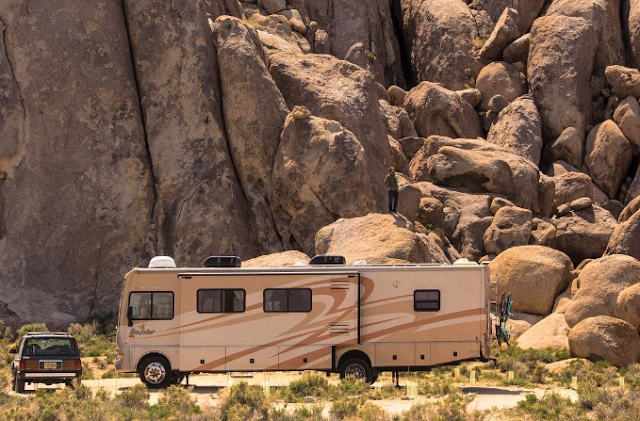
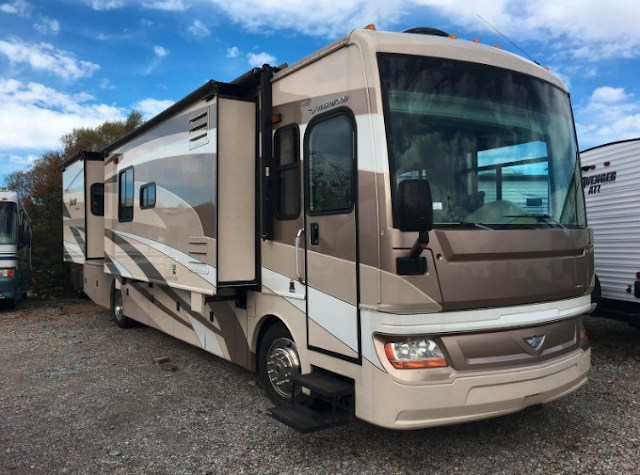
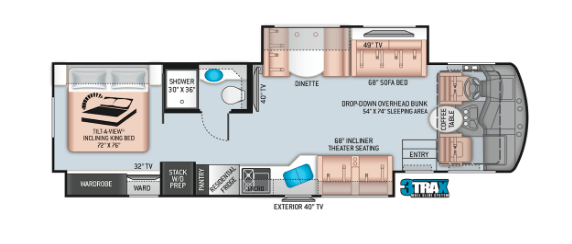
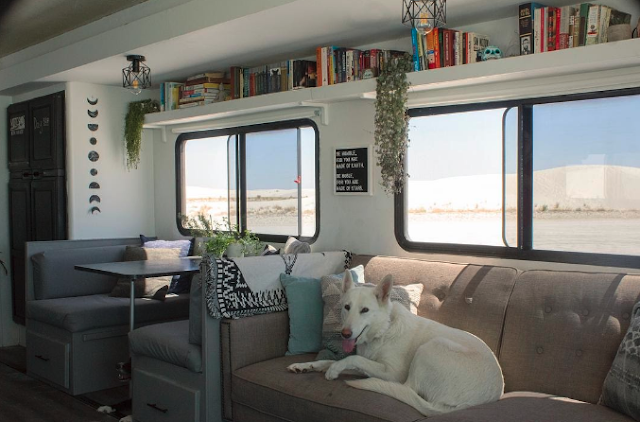
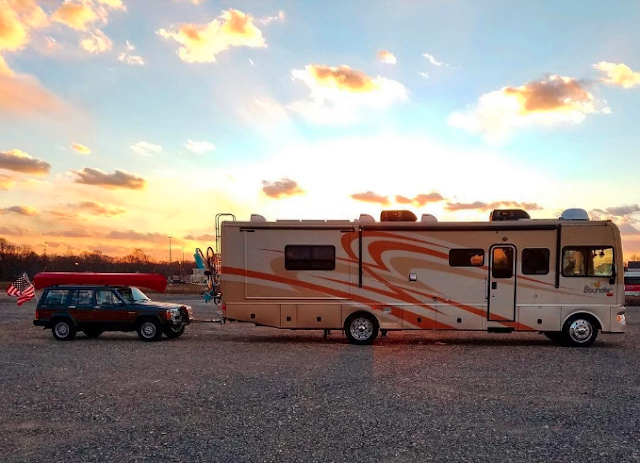


0 Responses
I had no idea that many state and national parks have a 34' limit. So many places I wanted to stay the wouldn't accept me. With my toad I was about 65 feet.
This also created fueling challenges. I found myself paying about 25 cents per gallon more for fuel as usually truck stops were my only choice for fuel where I could easily get in and out. Also I found diesel oily and required gloves for fueling unless you wanted the whole unit to smell like diesel. With a gas model that's not an issue.
Now I'm looking to downsize to a unit that I can get in and out of most places easily. But I'm definitely looking for one with as many slides as I can get that don't restrict mobility going down the road. I've seen units that one couldn't do most things unless it was set up. Going down the road I want access to the kitchen, bathroom, and one bed minimum. Even if you're running solo I can't imagine having to find a safe place to park to put out a slide just to fix a meal or go to the bathroom.
Another thing is storage, I like to carry a screened tent, as on a nice night, no forecast of rain, I like to sleep under the stars. Also recliners, chairs, tables, fishing, hunting, etc., you'd be surprised how quickly stuff adds up, one at a time which makes your life better out on the road. But there's a tipping point, so you need a rule to eliminate stuff. If I don't use it three trips out, I leave it behind.
Then capacities; fuel, black water, grey water, fresh water. This will determine how long one can boondock. As well as a generator, many generators are set up to stop when your tank gets to 1/4, so you can still drive somewhere. But I didn't know that and getting it started after it ran out of fuel was a bear. And capacities on fresh, black, and grey water will depend on how many people. I had 9 people and we only lasted a day and a half. But with just myself I can go out for two weeks.
We downsized, a couple of times. From a 38-ft diesel pusher, up to a 40-ft, down to a 27-ft, then to a used Lance truck camper, and currently to a 2019 (new) Lance 1172 truck camper (with 2 slides). Lots more room than our 27-ft Class A. We are looking to sell the camper with its truck, though, in order to focus more on boating. Any takers?
cAN YOU POST A PICTURE OF THE CAMPER???
I grew up with a variety of different types of RVs and my Wife and I have owned travel trailers, truck campers and motorhomes. When we had kids we upsized to a 30' class C. As our kids grew up, we transitioned to a 25' MB Sprinter based RV that we spent 3 months in touring the entire USA. When we retired, we stepped up to a 40' class A diesel pusher. After a few months we decided that we really didn't enjoy traveling in such a big rig. The "at home" conveniences of a stacked washer / dryer, full-size residential refrigerator and 1-1/2 bathrooms were nice, but in reality often not fully utilized. We then downsized to a 33' Tiffin Class A gas motorhome and we are very happy with this size and it can capably tow our mid-size SUV tow vehicle.
However, there are some aspects of a smaller Class C that we miss. Where we live on the eastern side of the San Francisco Bay area, there are several backroads that we like to travel in order to get to Yosemite and the Sierra foothills that are simply too narrow for us to comfortably navigate in our Class A. We had no problems on these roads in our Sprinter based class C. So, there are some drawbacks to the size and convenience of a larger Class A.
Could you send me more info on both camper and pickup?
YES, please, that sounds so cool !